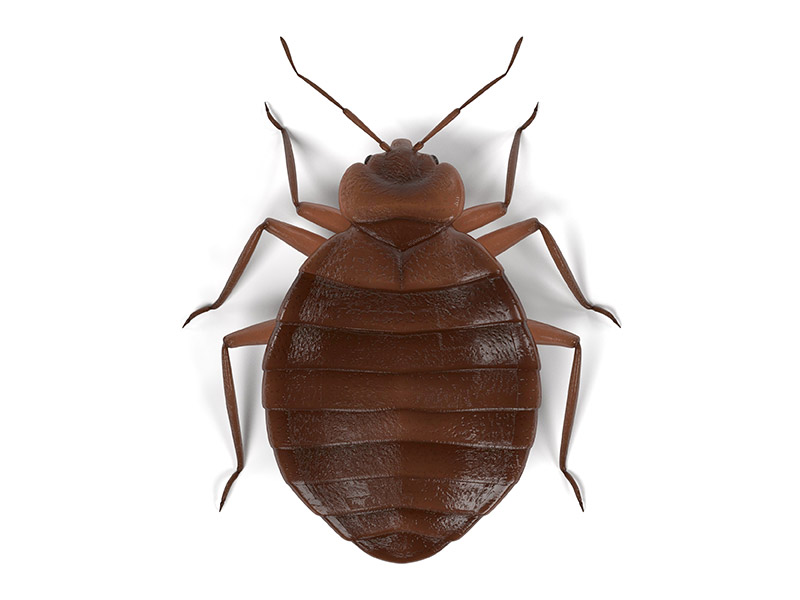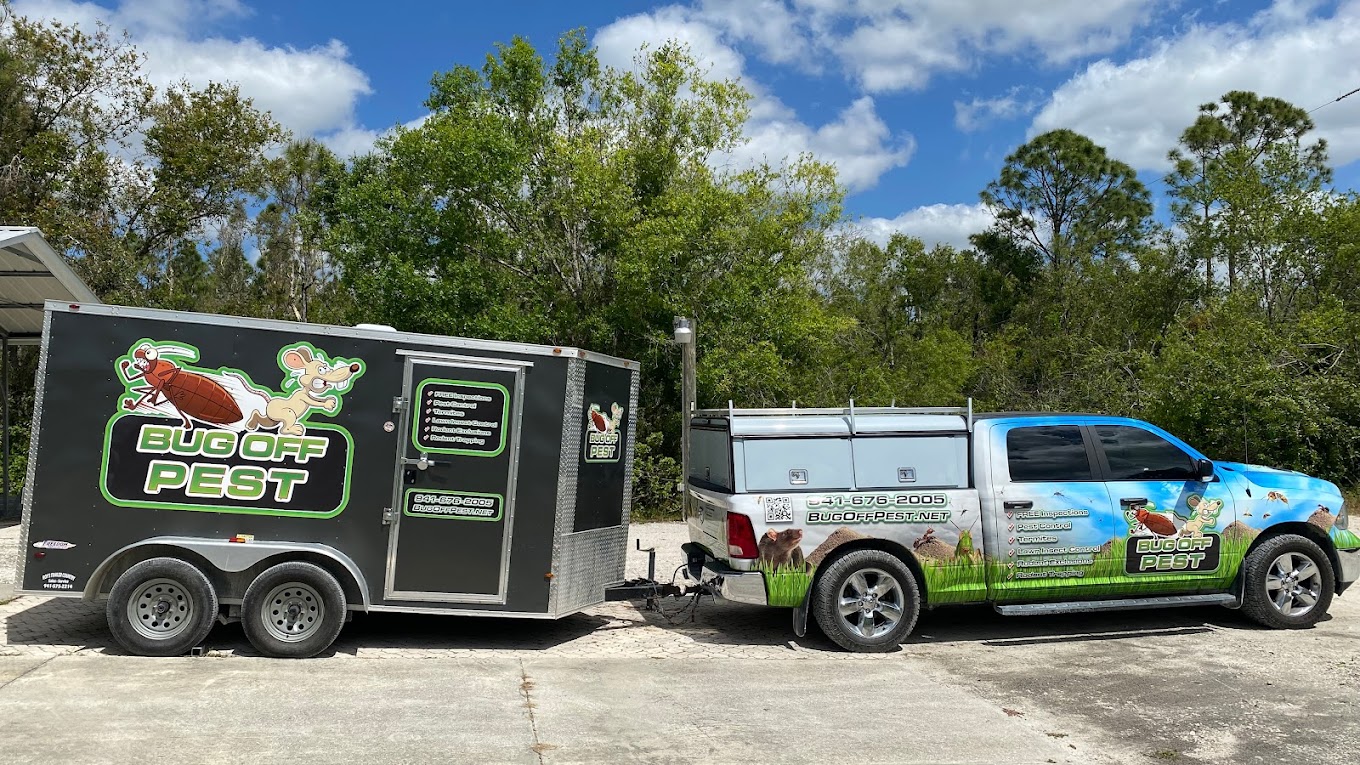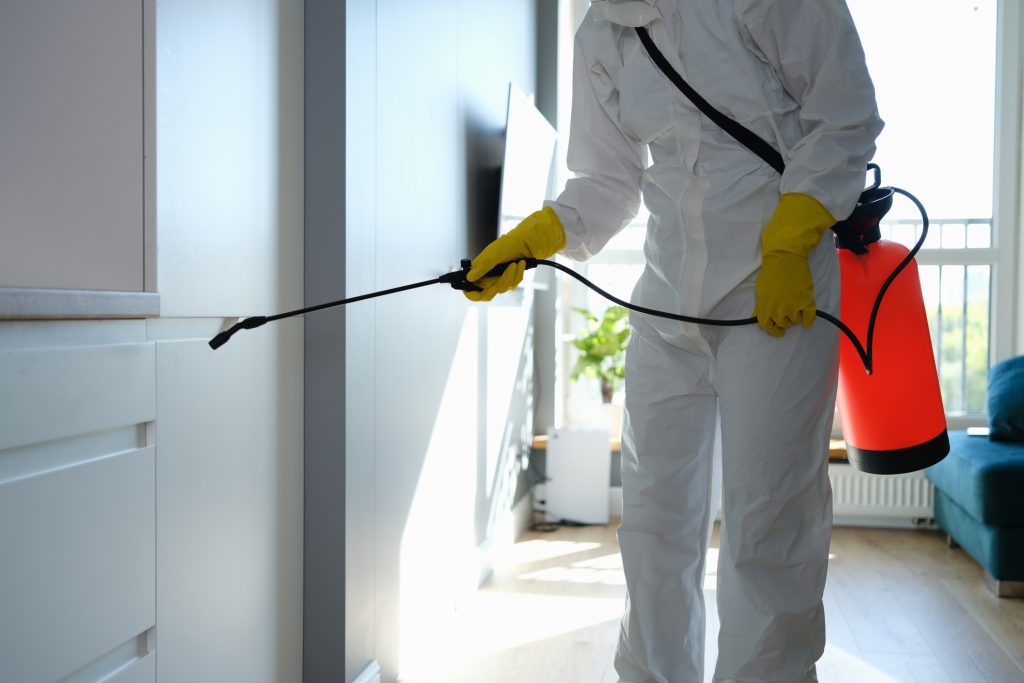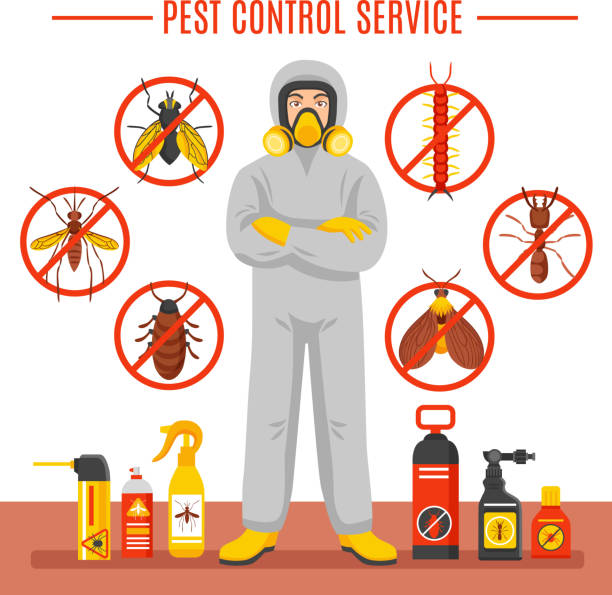Discovering Ingenious Techniques and Products for Efficient Parasite Control
The landscape of pest control is evolving, noted by the introduction of ingenious strategies and items made to improve effectiveness and sustainability. From smart traps furnished with innovative monitoring systems to organic methods that employ all-natural killers, these developments offer a standard shift in exactly how we come close to pest administration.
Smart Traps and Keeping An Eye On Systems
Exactly how can modern-day innovation boost parasite management? One considerable improvement is the advancement of clever traps and keeping an eye on systems, which supply real-time information and analytics for reliable insect control. These systems make use of sensing units and cordless innovation to discover bug activity, alerting residential property managers and parasite control specialists to invasions before they rise.
Smart catches are outfitted with functions such as bait terminals that attract bugs and capture them effectively. These traps can be monitored remotely, permitting prompt interventions and reducing the demand for substantial chemical applications. Moreover, the assimilation of maker understanding algorithms allows these systems to set apart between target pests and non-target varieties, boosting the precision of parasite control measures.
Furthermore, the information gathered from clever catches can be evaluated to identify patterns in insect actions and environmental variables adding to invasions (Pest Control in Port Charlotte). This details is indispensable for developing targeted parasite management methods tailored to specific environments. By embracing wise catches and keeping track of systems, pest control specialists can improve their functional performance and minimize the eco-friendly impact of insect management, ultimately leading to more secure and extra sustainable practices in the sector
Organic Insect Control Techniques
Utilizing all-natural killers and bloodsuckers, organic insect control approaches provide an eco pleasant alternative to chemical therapies. This technique entails the intro or improvement of certain organisms that can naturally manage insect populaces, consequently decreasing reliance on artificial pesticides. Common examples consist of making use of ladybugs to regulate aphid problems and parasitic wasps to target caterpillars.

Biological control can be classified into three major methods: classic, augmentative, and conservation. Classic organic control includes importing natural opponents from the insect's indigenous environment, while augmentative control entails enhancing the populace of existing all-natural enemies through launches. Preservation methods concentrate on producing problems that support these valuable organisms in the ecological community.
The efficiency of organic bug control hinges on recognizing the complicated interactions within environments. It usually needs an extensive analysis of parasite dynamics and the life process of both the pests and their natural adversaries. While organic approaches might not offer instant results like chemical alternatives, they contribute to long-lasting parasite monitoring and ecosystem health and wellness. As understanding of ecological concerns grows, organic insect control approaches are significantly identified for their sustainable function in integrated pest monitoring programs.
Eco-Friendly Chemical Alternatives
Environmentally friendly chemical alternatives provide a sensible remedy for insect monitoring that minimizes ecological impact while efficiently controlling insect populaces. check this These choices are originated from natural sources and are thoroughly formulated to target particular insects without harming advantageous microorganisms, making them an important element of sustainable insect control approaches.
Among one of the most efficient green choices are plant-based insecticides, such as neem oil and pyrethrin, which are derived from the seeds and flowers useful link of various plants. These compounds disrupt the life process of pests, lowering their populaces without the hazardous impacts related to traditional pesticides - Pest Control in Port Charlotte. In addition, vital oils like peppermint and clove oil display repellent properties, further enhancing their energy in insect monitoring

In addition, eco-friendly chemical alternatives often damage down extra promptly in the atmosphere, decreasing the danger of soil and water contamination. This characteristic aligns with the enhancing consumer need for sustainable methods in farming and city insect control. As study remains to advancement, the growth of cutting-edge eco-friendly formulas will further improve efficiency and widen application areas, enabling pest administration experts to adopt greener, a lot more responsible methods in their methods while securing human health and the setting.
Scent Disruption Techniques
Another cutting-edge method in sustainable parasite administration is making use of pheromone interruption strategies. These techniques manipulate the all-natural chemical signals, or scents, that insects use for communication, particularly in breeding habits. By disrupting these signals, insect populations can be properly handled without turning to unsafe chemicals.
Pheromone catches are generally used in this technique. These catches make use of synthetic variations of insect scents to draw male bugs, therefore reducing their capacity to situate ladies and reproduce. Over time, this can cause a substantial decline in parasite populations. In addition, the release of repellent pheromones can develop confusion amongst insects, further inhibiting their breeding procedures - Pest Control in Port browse around this web-site Charlotte.

Integrated Insect Management Approaches
Reliable pest control often requires an extensive approach, and Integrated Bug Monitoring (IPM) methods give a framework for accomplishing this objective. IPM incorporates different monitoring practices to minimize insect populations while reducing reliance on chemical pesticides. This diverse method begins with detailed surveillance and recognition of bugs, allowing for targeted treatments based upon particular insect stress.
Cultural practices, such as crop rotation and cleanliness, play an essential function in protecting against parasite establishment. Organic controls, including all-natural killers and parasitoids, are used to keep pest populations at manageable degrees. When needed, selective chemical therapies are used, emphasizing reduced toxicity to non-target varieties and the environment.
In addition, education and learning and outreach are indispensable components of IPM, promoting awareness among stakeholders about sustainable methods and pest life process. The adaptability of IPM enables practitioners to react successfully to changing parasite characteristics and ecological problems. By using this holistic technique, IPM not just enhances bug control efficiency but likewise adds to lasting eco-friendly balance. Ultimately, Integrated Pest Management represents a forward-thinking option that lines up agricultural productivity with environmental stewardship, making it important in modern pest control approaches.

Final Thought
In final thought, the assimilation of cutting-edge strategies and products for effective pest control stands for a significant improvement in lasting pest administration. Smart catches and monitoring systems, biological pest control approaches, eco-friendly chemical options, and pheromone disturbance strategies jointly improve the effectiveness of bug monitoring techniques.